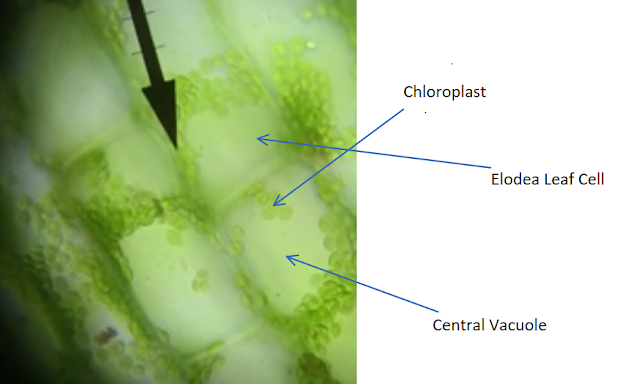- How is a cancer cell different than a normal cell?
- How has cancer treatment evolved as scientists have learned more about cancer?
- What steps can an individual take to prevent cancer?
- Why has it been so difficult to find a cure for cancer?
- What does Richard Klausner mean when he says cancer is like evolution in a bottle?
1. A cancer cell is different from a normal cell because of it's ability to be constantly transforming and mutating to become more and more immune to the drugs that you are trying to use to treat it. It mutates much more than a normal cell.
2. Cancer treatment has evolved as they learn more because as we begin to figure out how a cancer cell tends to mutate, we have learned how to better plan ahead and know the cells next move so that we can find it's weaknesses and ultimately kill it.
3. There are obvious things that an individual can do to prevent cancer: don't smoke, drink in moderation, wear sunscreen, don't be exposed to radiation. But ultimately there is nothing that anybody can do to be completely immune to cancer because we don't know what causes 40% of cases of cancer.
4. It has been so difficult to find a treatment for cancer because the cell is constantly mutating and evolving. It is nearly impossible to treat something that is always rejecting what you are trying to use.
5. When he says that a cancer cell is like evolution in a bottle he means that there have been so many evolution in the world that have made it into what it is. Imagine all of those evolution in one compact space all happening at the same time. Now imagine that for eternity. That is what a cancer cell is like. That's what he is trying to say.
I am happy that we covered such a pressing topic in today's world and I look forward to learning more about cancer in the future.
